Spotlight On: The Invisible Setting
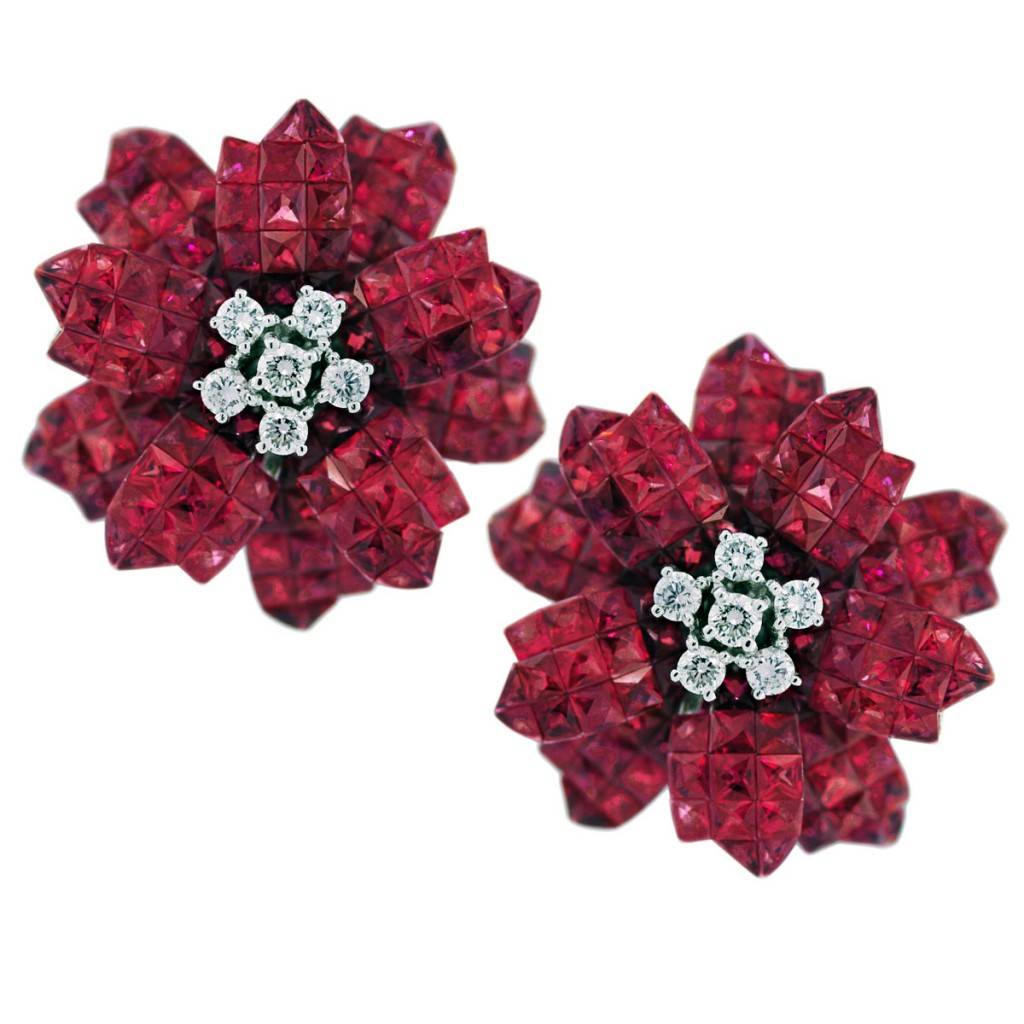
Spotlight On: The Invisible Setting
Yesterday, as we showed off some of our favorite Art Deco inspired engagement rings, a common feature among them was invisibly set stones. This style of setting was pioneered and perfected by Van Cleef & Arpels before they patented it in 1933. Today, we see the invisible setting spread through nearly every era of jewelry.
The invisible setting is the technique of cutting stones to fit very close together and cutting them with grooved girdles to set them into a wire framework.
This type of setting allows the jeweler to cover a large surface area with plenty of gems without any prongs or bezels. Unlike Pave, another technique used to coat a piece of jewelry in bling, you don’t see any of the setting from the face of the jewelry piece.
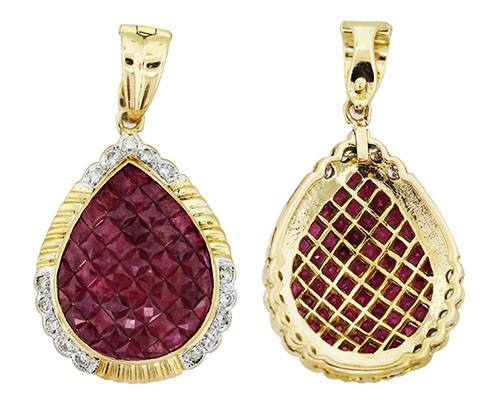
Rubies in particular look fabulous with an invisible setting, seen on this 18k Yellow Gold Invisibly Set Ruby and Diamond Teardrop Shaped Pendant. You can see the setting from the back.
Invisible settings aren’t limited to colored gemstones, of course. This technique can be used to create beautiful budget engagement rings with several diamonds set invisibly to mimic the look of one larger stone.
And invisibly set diamonds also make for a really unique addition to large diamond rings too. This radiant cut diamond is accented by invisibly set princess cuts and trillion cut diamonds. Very unique and very gorgeous.
The invisible setting is translated from VCA’s French term for the technique, serti invisible. If the term serti is familiar to any of our watch lovers, you’ll recognize it as a particular type of Rolex dial. A Rolex Serti dial refers to dials with inlaid jewels as the markers.
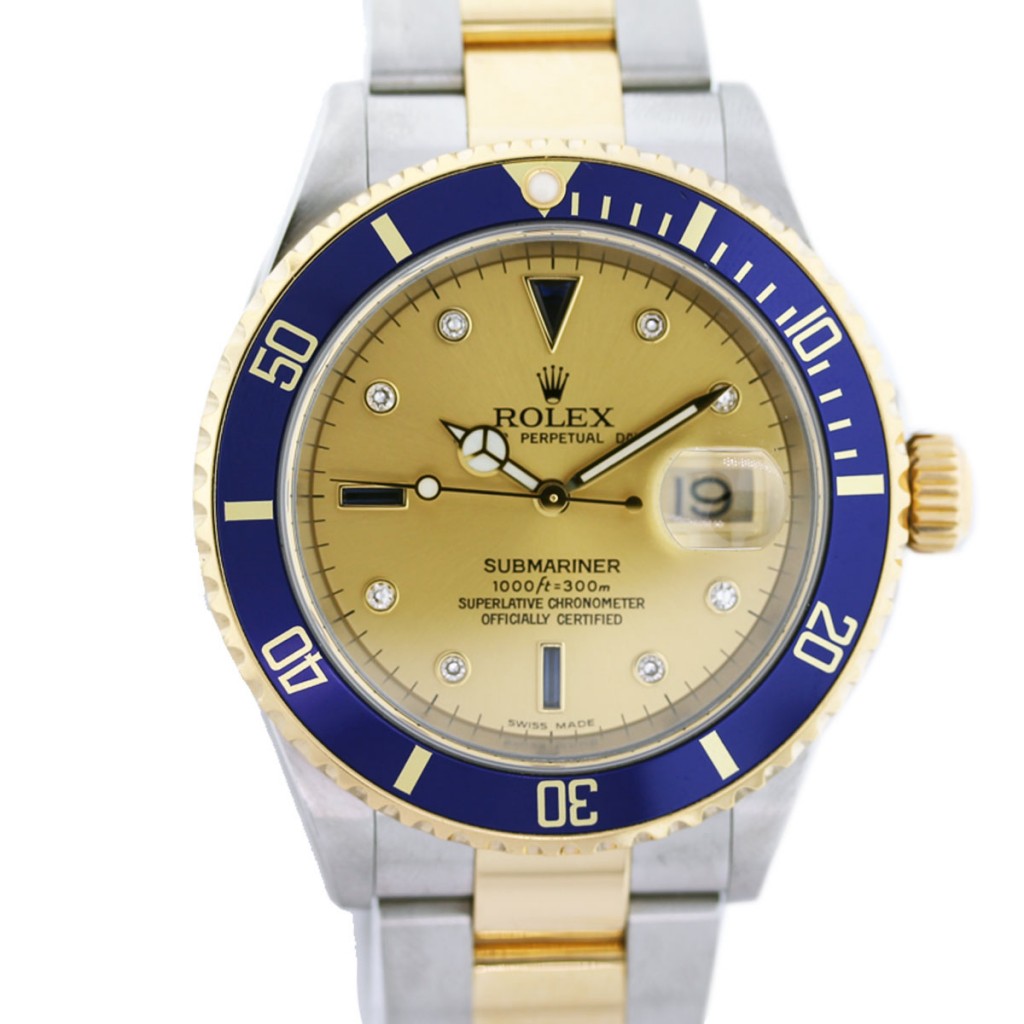
Rolex Submariner 16613 Champagne Serti Dial Two Tone Men’s Watch


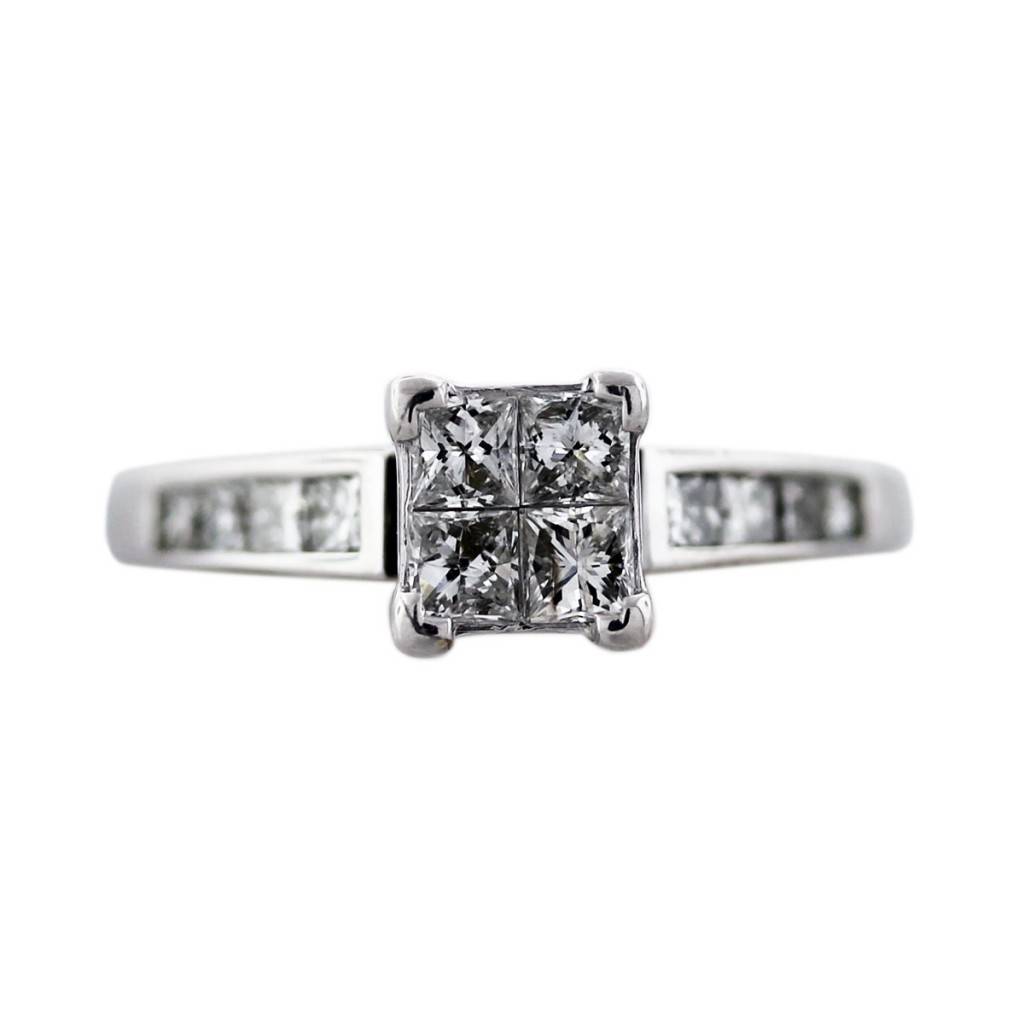
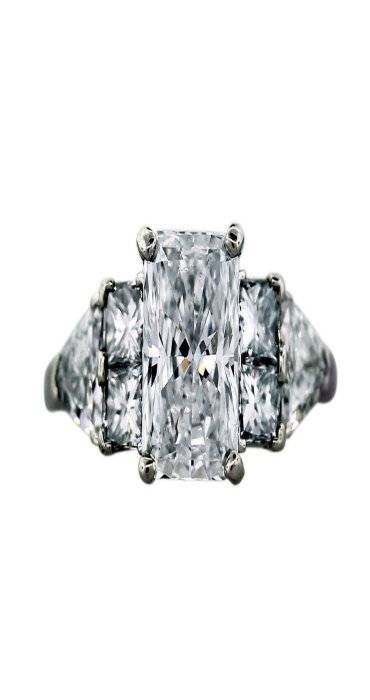

Comments are closed.